
Now that we understand how dangerous it is to worry, readers are asking for answers on how to control it.
Physician, Heal Thyself is an ancient proverb appearing in Luke 4:23. How can a worried psychiatrist treat worried patients? My answer? Better than a psychiatrist that doesn’t know what worry feels like.
While most of us are wary of medication, it may be beneficial, even short-term. Chronic unrelenting anxiety is toxic. Medication may be needed if anxiety is so severe that it interferes with functioning. For 50% of people diagnosed with anxiety the benefit of medication outweighs the risk. Taking medication does not label you. It is you being self aware, educated and taking care of yourself.
What about us “worried well” that worry but not severely enough for conventional medicine?
This is when I take ideas from my readers. From readers’ comments from my very popular article on Worry , I gained insightful feedback I want to share.
10 MAGICAL WAYS TO FREEDOM FROM WORRYING
Write.

Get fresh air.
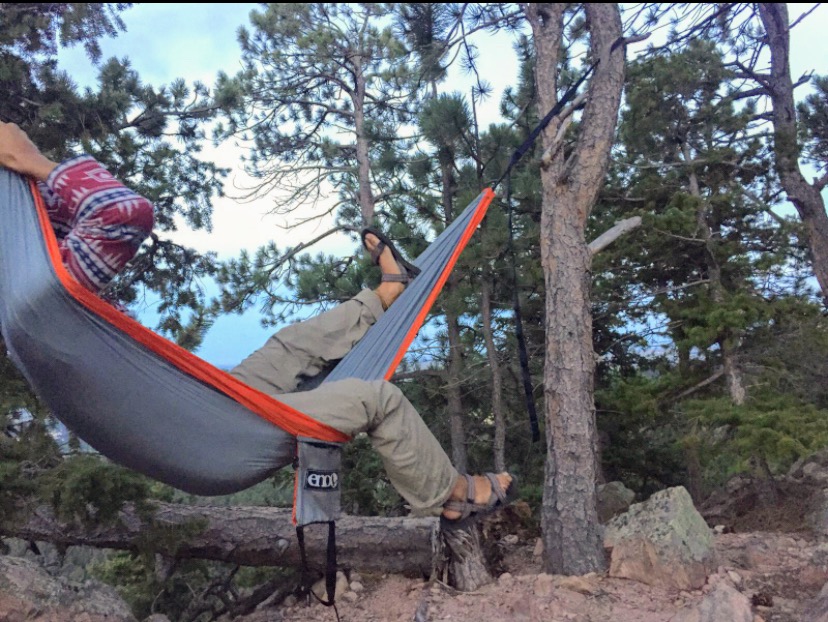
Talk with someone way older than you.
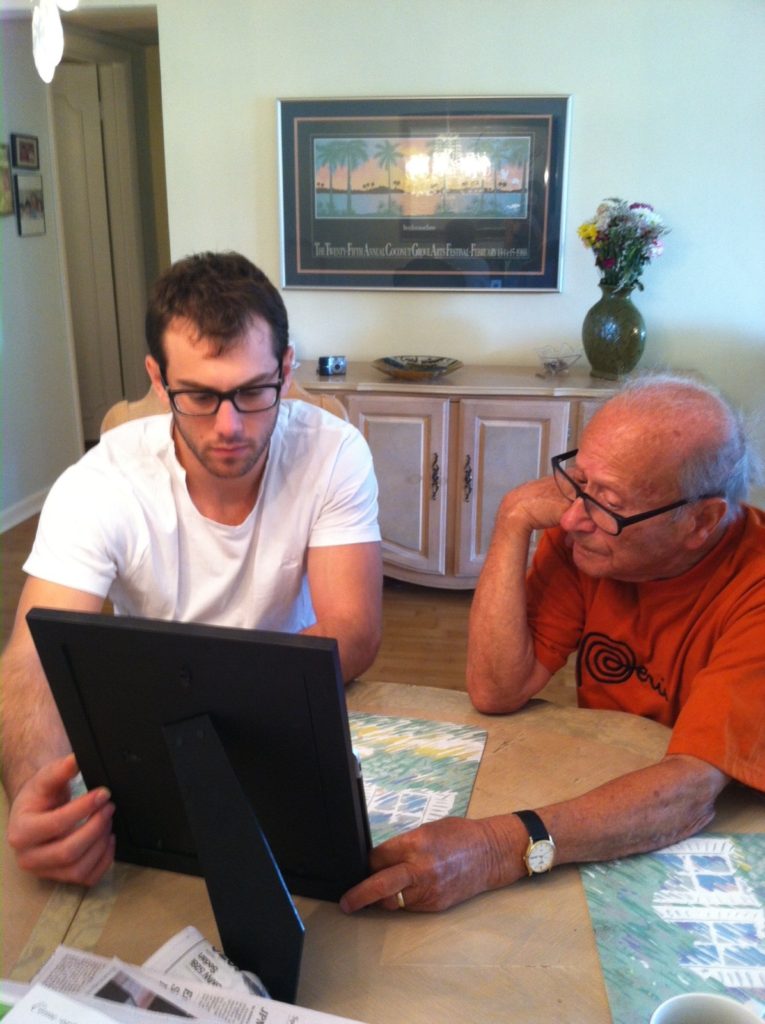
Love.
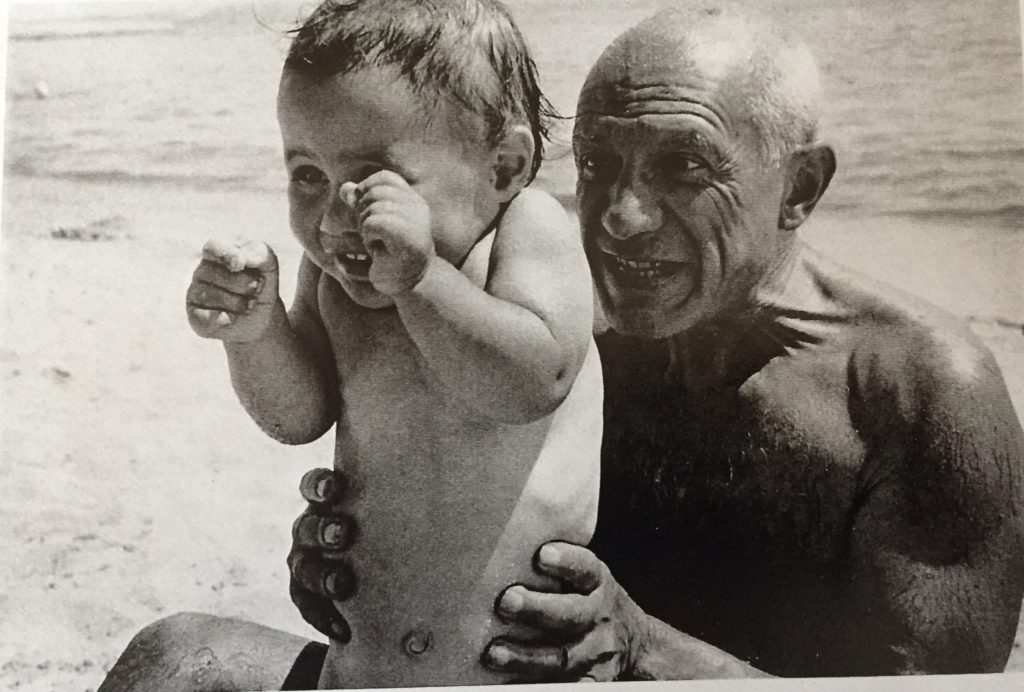
Make Art.
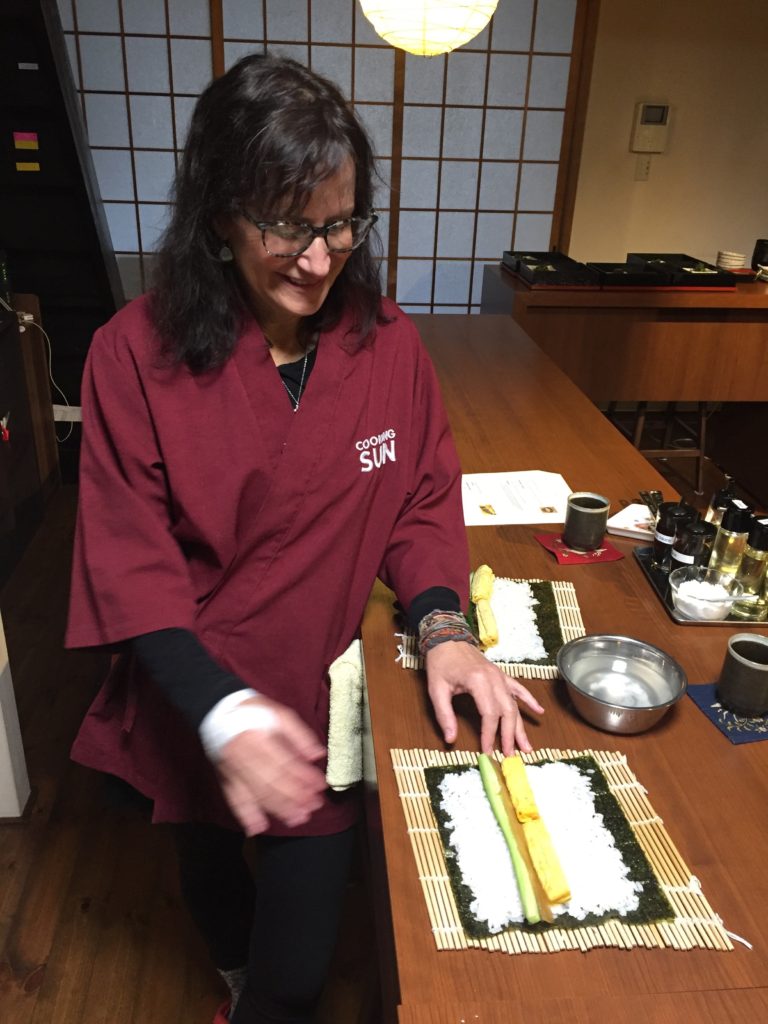
Meditate.

Plant something.

Breathe.

Play with a dog.
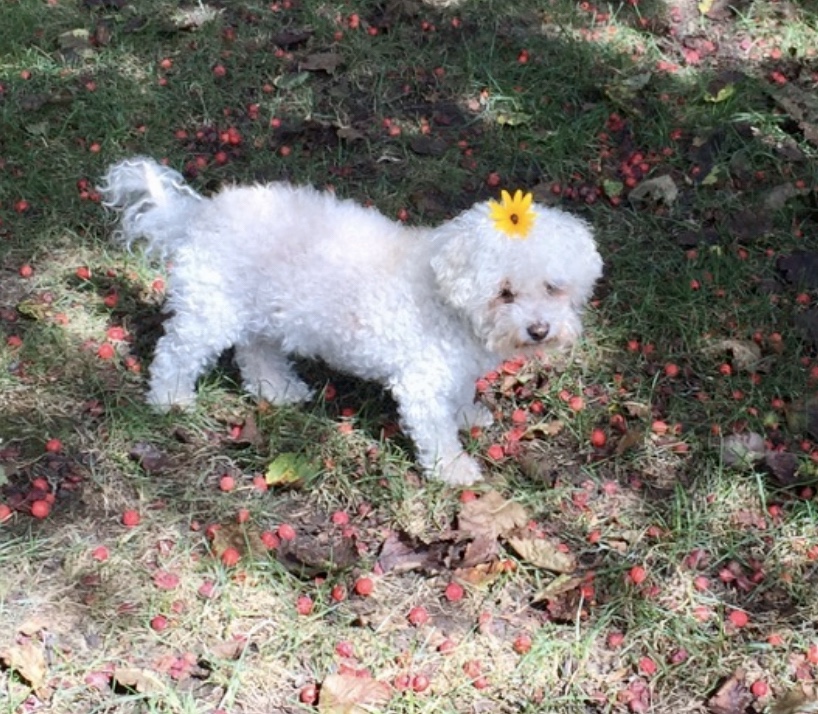
Get wet.
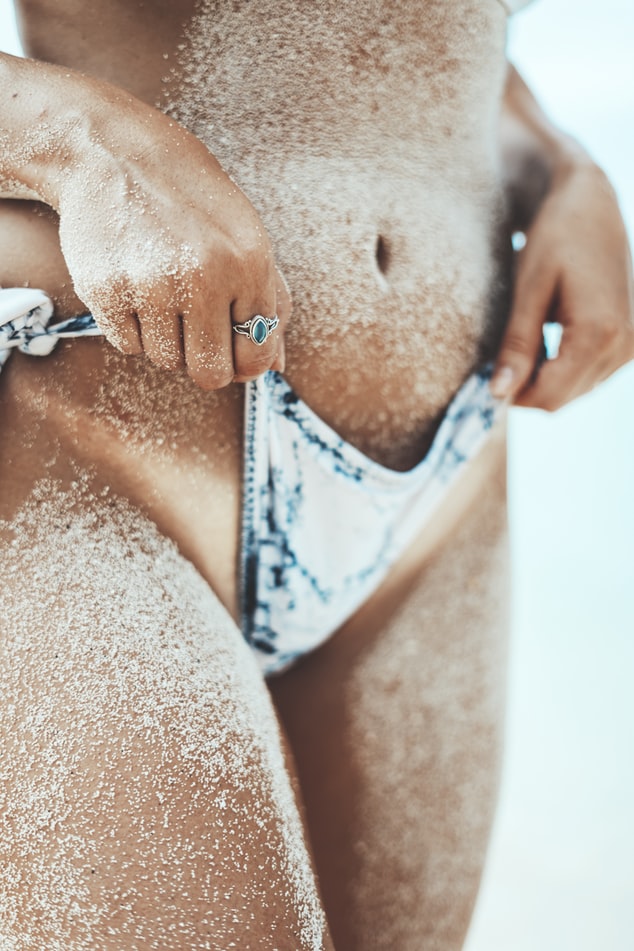
{Can anyone find a mnemonic here?}

I’ve always found that combining these three works best for me: exercise, getting wet, breathe. I grew up playing in the water, holding my breath, diving deep, jumping off the diving board into a pool… But I never actually knew how to swim. In my first semester of college, the stress level was high, and when someone jumped out the window of their dorm during the first semester finals (I have blocked from my mind whether or not they succeeded in committing suicide), I decided I had to do something. I relied on my years of watching the swim team practice at a gorgeous outdoor 50 meter pool in Upper Galilee, Israel, and knew I could teach myself how to swim. It’s the breathing part that is the most difficult to learn as an adult who’s never done it, but that very part, the steady breathing,while immersed in water, be it every stroke or every two or three strokes is what leads to a calming, meditative state. Now that I think of it, swimming my mile every day actually incorporates four of the recommended activities: exercising, getting wet, breathing, meditating. There’s nothing quite like swimming laps to achieve all four.
Thank you Esmé for commenting ON the website and not on fb. I’ve been trying to convince readers, I want to steer clear of FB if I can.
You are so right about swimming. I have always been a swimmer and must live near water. Living in Maccabim was tough – beautiful but landlocked.
Just the sight of water is healing. Instead of time outs we used hydrotherapy on the kids. Nothing more calming than putting them in the bath!
I’ve been trying to switch breathing sides when I do the crawl and I find it’s like learning to swim again. Not easy!
Wonderful you are swimming every day ❤️